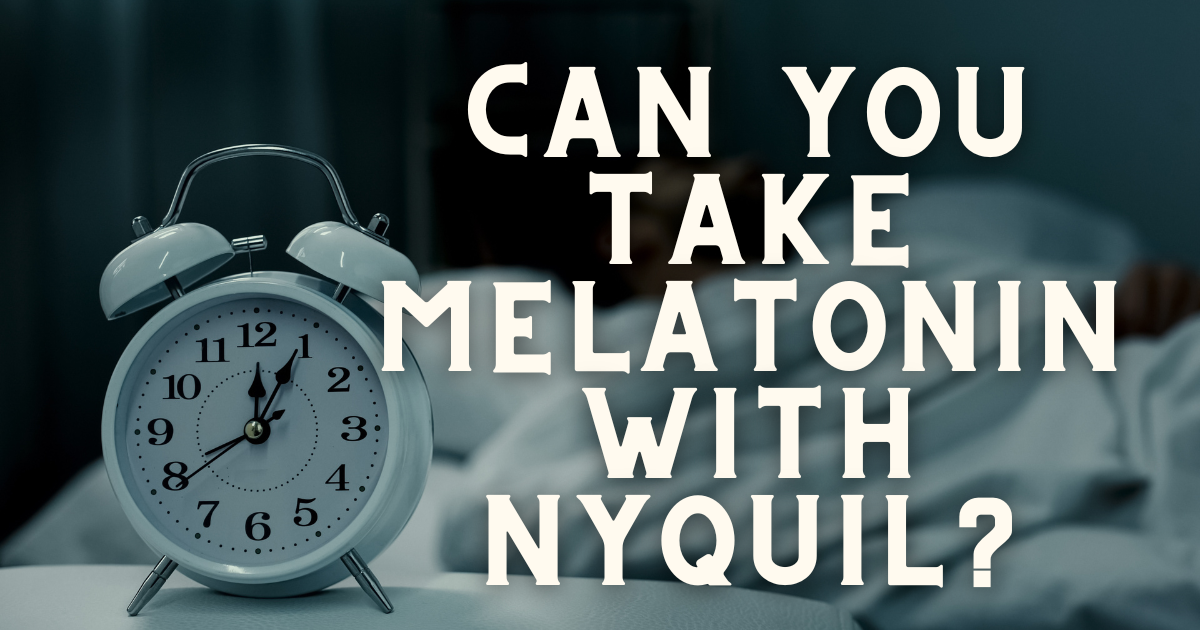Depression is a common medical condition that affects mood. While everyone can feel down from time to time, The American Psychiatric Association says that depression is diagnosed if symptoms persist for two weeks.
In 2017 17.3 million people were diagnosed with depression. The financial impact of depression is estimated to cost $210.5 billion a year.
Depression is widespread. However, it’s far from fully understood. Various medications and treatments are successful for some, but not for others. Finding an effective treatment is mostly a personal quest. It takes time along with trial and error to find a treatment that suits each individual.
So what are some of the most common symptoms of depression?
Symptoms of Depression
Symptoms can vary in severity, and people can experience them in differing amounts such as:
- Feeling guilty or worthless
- Feeling sad
- Loss of appetite
- Low mood
- No energy
- Oversleeping
- Trouble getting to sleep
Depression can be caused by environmental factors such as job loss, a relationship break-up, financial worries, and work stress. Physical factors can also trigger depression, such as illness, pain, or disability.
Depression is common and can be treated effectively with antidepressants and psychotherapy.
Treatment of Depression
If you seek treatment for symptoms of depression, your doctor is likely to ask you about your lifestyle. There could be some changes that might improve your mood, including:
- Avoiding alcohol
- Eating a healthy diet
- Getting better sleep
- Taking regular exercise
If you’re not responding to these changes, you’re likely to be prescribed antidepressants.
Antidepressants
There are two main types of antidepressants:
- Selective serotonin reuptake inhibitors (SSRI)
- Serotonin and norepinephrine reuptake inhibitors (SNRI)
Selective Serotonin Reuptake Inhibitors (SSRI)
SSRI antidepressants work by regulating the amount of serotonin in the brain. Serotonin is a chemical and neurotransmitter which helps to regulate specific processes in the body. One of these processes is to regulate mood. Serotonin is called a happy compound as it’s related to wellbeing. Low levels of serotonin are associated with depression.
SSRI antidepressants are the most common medicine prescribed for depression. The main SSRIs prescribed include:
- Citalopram
- Escitalopram
- Fluvoxamine
- Paxil
- Prozac
- Zoloft
Side-Effects
People who take SSRIs often experience a range of side-effects including:
- Diarrhea
- Dry mouth
- Headaches
- Insomnia
- Joint and muscle pain
- Nausea
- Night sweats
- Skin rashes
- Stomach upset
Serotonin and Norepinephrine Reuptake Inhibitors (SNRI)
Serotonin and Norepinephrine reuptake inhibitors work in the same way as SSRIs. The difference with SNRIs is that they prevent both serotonin and norepinephrine. SSRIs only block the reabsorption of serotonin. Norepinephrine is a chemical that promotes alertness.
Types of SNRI include:
- Desvenlafaxine
- Levomilnacipram
- Duloxetine
- Venlafaxine
Side effects of SNRIs include:
- Anxiety
- Constipation
- Dizziness
- Dry mouth
- Insomnia
- Nausea
- Sweating
- Tiredness
SSRIs are more commonly prescribed than SNRIs because they are less likely to cause side effects. SNRIs might be prescribed to someone with bipolar as they are not as likely to trigger manic episodes as SSRIs.
Antidepressants can take from 4 to 8 weeks to take effect. For the treatment of depression, your doctor might also offer psychotherapy.
Psychotherapy
Psychotherapy is a broad term for different branches of talking therapy. There are various branches of psychotherapy and each type is better suited to certain conditions.
Psychotherapy works by working with a therapist who coaches you to learn about your thoughts and feelings. The insight you gain from these sessions enables you to identify negative thought patterns that underlie mental health problems such as:
- Addiction
- Anxiety disorders
- Eating disorders
- Mood disorders
- Personality disorders
- Schizophrenia
Types of Psychotherapy
There are too many types of psychotherapy to outline in full. The kind of therapy you might be offered depends on the issue you are treating.
Some of the main types of psychotherapy include:
- Cognitive Behavioral Therapy – Otherwise known as CBT, this therapy encourages you to question and identify negative core beliefs that drive low self-esteem. After identifying common negative thought patterns, you’re encouraged to practice replacing them with positive thoughts.
- Dialectical behavior therapy – Based on cognitive behavior therapy, DBT is used for people with borderline personality disorder. People with borderline personality disorder can react more violently to emotional scenarios such as romantic situations. DBT teaches skills to regulate your behavior when faced with stressful situations.
- Acceptance and commitment therapy (ACT) – Acceptance and commitment therapy is another therapy based on cognitive behavior therapy. With ACT, you are encouraged to accept negative emotions without resisting them. ACT helps to be more flexible and accepting of life’s challenges.
- Psychodynamic and psychoanalysis therapies – Psychodynamic therapies work a little differently. They explore unconscious thought patterns that are rooted in the past and impacting on the present. A psychodynamic therapist will probe your unconscious to identify recurring thought patterns.
- Interpersonal psychotherapy (IPT) – IPT explores a person’s relationships with others. It aims to improve a person’s interaction with others to enhance their quality of life. This therapy is used to treat mood disorders.
- Supportive psychotherapy – Supportive psychotherapy is used to calm people who are experiencing emotional distress. A therapist will typically listen, encourage, reassure, and advise.
However, 20% of people do not respond to antidepressants. If someone takes antidepressants and finds no improvement after completing a course, this becomes what is known as treatment-resistant depression.
Diagnosing Treatment-Resistant Depression
Treatment-resistant depression is also called TRD, clinical depression, or major depressive disorder.
You will be diagnosed with treatment-resistant depression if your symptoms don’t improve after taking at least one full course of antidepressants. Antidepressants take up to 8 weeks to take effect. If medication has been taken correctly and at the correct dose, there should be signs of improvement. A doctor may recommend another type of antidepressant or change the dose.
If symptoms have still not improved, a doctor may refer you to a psychiatrist to see if you have treatment-resistant depression.
Biology of Treatment-Resistant Depression
The causes of treatment-resistant depression are not fully understood. Science is still trying to get to grips with the root issue.
What is understood, however, is that certain people are more likely to experience TRD. Examples include:
- Alcohol dependent people
- AIDS sufferers
- Anyone with cardiovascular disease
- Cancer patients
- People with eating disorders
- Substance abusers
- Women
Treating Treatment-Resistant Depression
- Electroconvulsive Therapy
- Deep Brain Stimulation
- Repetitive Transcranial Magnetic Stimulation
- Vagus Nerve Stimulation
- Esketamine
Electroconvulsive Therapy
Many might be horrified to learn that electroconvulsive therapy is still used to treat depression. But it’s still sometimes considered acceptable for some people with treatment-resistant depression.
Electroconvulsive therapy (ECT) is a method of triggering a small seizure in the brain which alters the chemical makeup of the brain. The procedure is performed under general anesthetic. Electrodes are placed on the skull, and electrical currents are sent through the electrodes to the brain.
Deep Brain Stimulation
Deep brain stimulation (DBR) is a method of stimulating certain neurotransmitters in the brain. It’s approved by the FDA for treating Parkinson’s disease and other disorders. It’s also sometimes prescribed off-label for treatment-resistant depression.
Deep brain stimulation is a surgical procedure where an implant is placed in the brain. The implant sends an electrical current to certain neurotransmitters in the brain.
Deep brain stimulation is offered to people as an alternative to electroconvulsive therapy.
Repetitive Transcranial Magnetic Stimulation
Another method of stimulating the brain to treat depression is repetitive Transcranial Magnetic Stimulation. Some have found repetitive Transcranial Magnetic Stimulation (rTMS) to be effective in reducing treatment-resistant depression. rTMS is approved by the FDA and is often used in conjunction with antidepressants and psychotherapy.
The rTMS method uses an electromagnetic coil which is placed on the forehead. Electric pulses are sent to an area of the brain which is responsible for regulating mood. Neurotransmitters in the brain are stimulated and these alter the chemical makeup of the brain. For some, this is successful in treating depression.
Vagus Nerve Stimulation
The vagus nerve is a nerve that runs from your brain down to your chest and stomach. You have two vagus nerves on either side.
Vagus nerve stimulation works by a device that’s implanted in the chest. The device is connected to the left vagus nerve and sends electrical impulses that travel to the brain. The electrical signals stimulate specific areas of the brain and neurotransmitters that are usually targeted by antidepressants.
Vagus nerve stimulation is successful in treating the treatment of resistant depression. It’s fully approved by the Food and Drug Administration for the treatment of TRD and epilepsy.
Esketamine
In March 2019, the Food and Drug Administration approved ketamine as an effective medication for the treatment of resistant depression. Ketamine and esketamine are the same, but esketamine is even more potent.
Ketamine stimulates glutamate receptors in the brain. These receptors are responsible for depression. When the receptors are blocked, depressive symptoms are reduced.
Its brand name is Spravato and it’s administered nasally.
New Discoveries in Treatment-Resistant Depression
- Botox Injections
- Psilocybin
Botox Injections
Surprisingly, the cosmetic procedure of injecting Botox in frown lines has been found to lift treatment-resistant depression. A 2018 study found that depression scores dropped by 27% in 42 patients with chronic and treatment-resistant depression. Other studies have also found that Botox injections to the glabellar lines (frown lines) are successful in relieving depression.
Initially, it was thought that perhaps an improvement in appearance explaining the reduction in depression. But this was disproved when the study results discovered that people with no wrinkles also found Botox helpful in treating their depression. It is thought that the muscles in the forehead are related to negative emotions. By paralyzing the muscles, it is believed that the feelings linked to them are reduced.
As it isn’t approved by the Food and Drug Administration, Botox injections are not covered by healthcare insurance.
Psilocybin
A new body of research has found that the psychedelic psilocybin, otherwise known as magic mushrooms, is effective in treating treatment-resistant depression.
Dr. Robin Carhart-Harris, who is leading research into psychedelics at Imperial College London, believes that psilocybin stimulates specific receptors in the brain. Its effect, he describes, is like a resetting of the thought processes that play a role in depression. He also explains that psilocybin increases neuroplasticity in the brain. Neuroplasticity enables the brain to form new thought processes.
Clinical trials are currently running in fifteen countries around the world, including the UK, US, Canada, and Europe. If the tests prove successful, it could be approved as a treatment for treatment-resistant depression within the next five years.
What To Do Next
If you’re struggling with depression that doesn’t seem to respond to regular treatment, get in touch with us here at Landmark Recovery and we’ll advise you of the best steps to take. Treatment-resistant depression might be tough to deal with but we can help you get back on track.

Choose Recovery Over Addiction
We're here 24/7 to help you get the care you need to live life on your terms, without drugs or alcohol. Talk to our recovery specialists today and learn about our integrated treatment programs.






